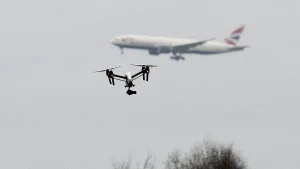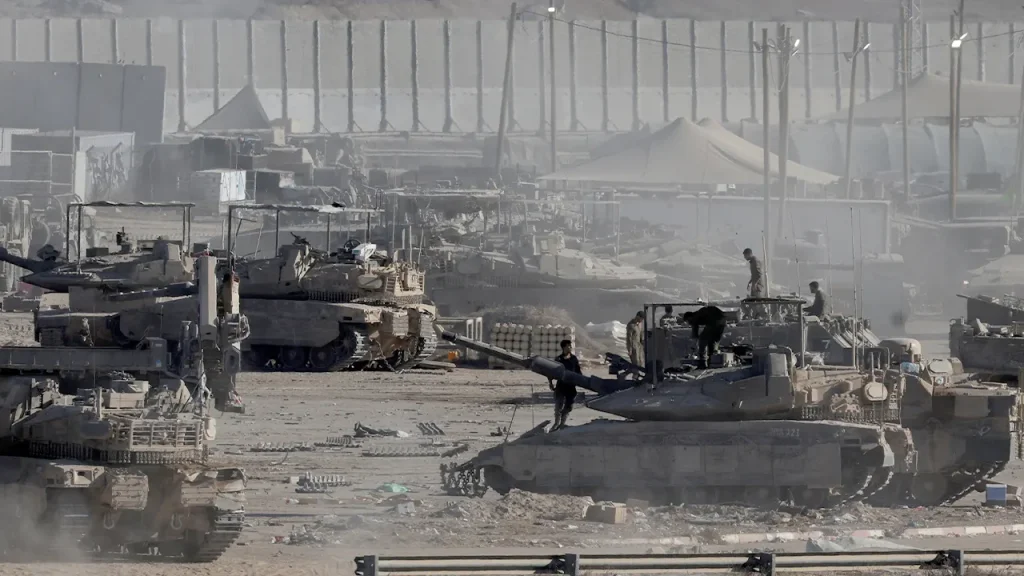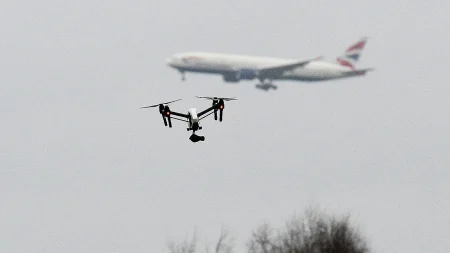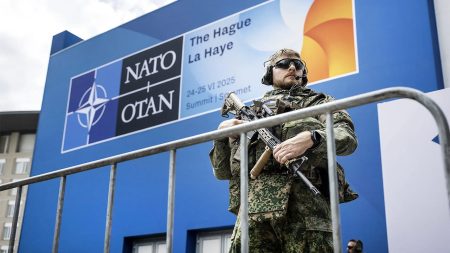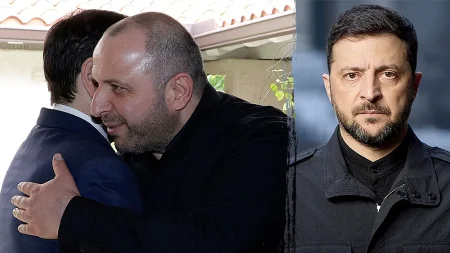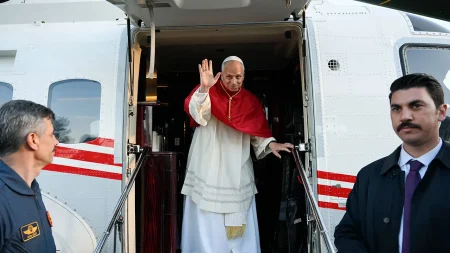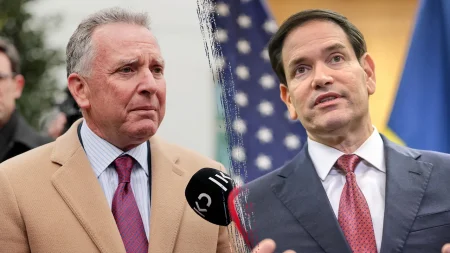A New Dawn: Israel and Hamas Begin the Path to Peace After Two Years of Conflict
The long-awaited ceasefire between Israel and Hamas officially took effect at noon local time, marking what many hope will be the beginning of the end of a devastating two-year conflict. The agreement, brokered with significant American involvement, sets in motion a complex sequence of events that should ultimately lead to the return of hostages who have been held in Gaza throughout the prolonged fighting. U.S. Special Envoy Steve Witkoff confirmed on Friday morning that Israel had completed the first phase of its withdrawal, initiating Hamas’ 72-hour window to release the hostages as promised. This development represents the most significant breakthrough in the conflict since its beginning and brings a glimmer of hope to families who have endured the agonizing uncertainty of their loved ones’ fates for far too long.
Following the Israeli government’s overnight approval of the deal, the Israeli Defense Forces (IDF) immediately began operational preparations to implement the agreement. “The IDF has begun operational preparations ahead of the implementation of the agreement. As part of this process, preparations and a combat protocol are underway to transition to adjusted deployment lines soon,” the military stated on social media. Hours later, they confirmed that troops had repositioned themselves “along the updated deployment lines” as required by the agreement. This strategic repositioning represents a significant de-escalation while still maintaining Israeli forces in approximately 53% of the Gaza enclave until the next phase of the agreement can be implemented, balancing security concerns with the peace process.
For Palestinian civilians in Gaza, who have endured immense suffering throughout the conflict, the ceasefire brings cautious relief, though many dangerous conditions persist. IDF spokesperson Col. Avichay Adraee issued warnings in Arabic about the ongoing dangers in certain areas, particularly emphasizing that the northern part of Gaza remains “extremely dangerous.” Residents were specifically warned about areas including Beit Hanoun, Beit Lahiya, Shejaiya, and regions with continued troop concentrations. “Do not move toward Israeli territory, and do not approach the security zone. Approaching the security zone is extremely dangerous. For your safety, do not begin moving to these areas until official approval has been granted,” Adraee cautioned, highlighting the fragile nature of the current arrangement and the continued risks for civilians despite the ceasefire.
With Israel’s repositioning complete, Hamas now has a 72-hour window to fulfill its obligation to release all hostages, both living and deceased. This includes the remains of U.S. citizens Omer Neutra and Itay Chen, whose families have been waiting for the opportunity to properly lay their loved ones to rest. To help oversee the ceasefire implementation, the United States is sending approximately 200 troops from U.S. Central Command (CENTCOM) to Israel. These forces will not be deployed in Gaza itself but will instead facilitate security and humanitarian aid flow while monitoring the implementation of the agreement. Their responsibilities will include transportation, logistics, and engineering support, representing America’s commitment to ensuring the peace deal succeeds without directly involving U.S. personnel in combat operations.
President Donald Trump expressed optimism about the agreement during a Cabinet meeting on Thursday, predicting that the hostages would return home by Monday or Tuesday. “We secured the release of all of the remaining hostages, and they should be released on Monday or Tuesday,” the President stated, adding that the day of their return “will be a day of joy.” Trump also announced his intention to visit the Middle East for the official signing of the agreement, underscoring the importance the U.S. administration places on this diplomatic breakthrough. The President’s direct involvement in the negotiations appears to have been a key factor in bringing the parties to an agreement after years of failed attempts by previous mediators.
The human impact of this ceasefire extends far beyond the political and military implications, touching the lives of countless families who have lived in fear and uncertainty. Hours after the announcement that Israel and Hamas had signed the first phase of the deal, President Trump spoke directly with family members of hostages being held in Gaza. These emotional conversations revealed the profound personal stakes of the agreement, as families expressed their gratitude to the President for his efforts to secure their loved ones’ freedom. For them, the ceasefire represents not just a political achievement but the potential end to a nightmare that has consumed their lives for more than two years. Their reactions serve as a powerful reminder that behind the headlines and diplomatic maneuvering lie real human stories of suffering, hope, and the universal desire for peace and reunion with loved ones.

